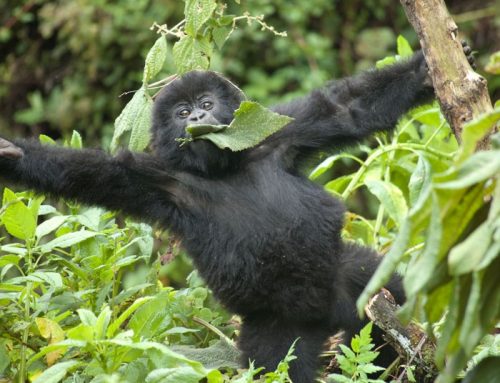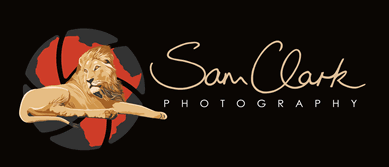Enjoy our photo Congo gorilla trek and Nyiragongo hike safari in Virunga National Park, Congo, We finally found them and our encounter with the Neptuno family was amazing. Neptune the reigning silver back, the other males, females and youngsters were very engaging. They kept their eyes on us and we had been told to be alert for Neptuno performing a mock charge towards us. The family was busy digging up roots and tubers to feed upon and had disturbed some ground nesting bees. The gorillas didn’t seem to be bothered by the swarming bees but unfortunately the bees found us and we were forced to flee the area. These are the western lowland gorillas, one of four species of gorilla. But that’s all part of the experience, and my quest to get lowland gorilla photographs was finally satisfied.
After a relaxing morning and breakfast, we will depart for Nyiragongo Volcano, which is located about an hour’s drive from Mikeno Lodge. Nyiragongo is a beautiful Strato – volcano that features the world’s largest lava lake. The volcano’s forested lower slopes are home to a variety of animals, including chimpanzees, monkeys, and bush buck. Nyiragongo’s summit rim is largely devoid of vegetation and is frequently dusted with snow. From the rim, visitors can peer down into a churning lava lake and see and hear hot gases exploding up though a mosaic of molten lava. Although predictable and therefore safe for tourists, Nyiragongo is greatly feared during eruptions. Because of the high silica content of its lava, Nyiragongo’s lava flows are extremely fluid. During the 2002 eruption, some of Nyiragongo’s lava flows were clocked at 100 km/h (62 mph) and reached all the way to Lake Kivu where it consumed at least 15% of the city of Goma killing an estimated 147 people. Roughly 4,500 buildings were destroyed, leaving about 120,000 people homeless. The eruption was the most destructive effuse eruption in modern history.
Our trek to the summit of Nyiragongo Volcano will begin at the Kibati patrol post, which is less than a one-hour drive from the Mikeno Lodge in Rumangabo. Experienced armed park rangers lead all treks in the National Park, and we will have a porter each to assist with carrying equipment up the volcano. This helps us to get all possible photo shoots since we have no disturbance from the luggage.
Given how close we are, I find my 70 – 200mm f2.8 very useful, although wider habitat shots from a 24-70mm and detail shots at 300 or even a 400mm are also very effective indeed, especially when shooting through foliage. Faster lenses (those that allow a wider aperture and have lower f-stop values) will work best here, as we will often be shooting in cloudy conditions and in the shadow of undergrowth and trees. They will also give a shallower depth of field and therefore a more pleasing blur to the surrounding foliage.



Leave A Comment